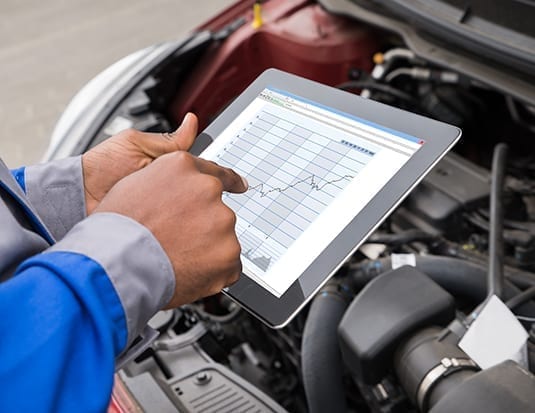Advanced vehicle technology can be both a benefit and a drawback.
Today it seems that technology has completely taken over the world— and that extends to almost every aspect of the vehicles we drive.
Not only is there a gadget for this or a gadget for that but today, electronics in vehicles are creating an almost autonomous space in which we as drivers can take in everything around us. This level of autonomy is becoming so advanced that in the near future, some OEMs could well have self-driving vehicles in circulation.
Gone are the days of even playing a cassette or compact disc. Today there are voice activated command systems operated by Bluetooth that allow us to send text messages and phone calls while driving— even on mass-market vehicles.
For service providers, a key aspect in modern vehicle electronics is that it’s not only a convenience but now also a concern because we are all aware that electronics come with a price tag.
The actual cost
It’s a concern for us because while electronic modules or devices might be great selling features for the consumer at the dealership, the actual cost for having these devices is rarely discussed.
Today, when we look under the hood, there tends to be a multitude of plastic and extensive wiring. The wiring is necessary to link each sensor and module that allow the convenience of features such as braking assist, steering assist, lane departure warning, adaptive cruise control, voice activated info-entertainment technology and so on.
Going hand in hand with the cost of this technology is the cost of diagnostics. As vehicles become ever more complex, so does the requirement of technicians to keep up with the abilities of diagnosing issues related to these modules.
This is another discouraging aspect for consumers because diagnosing issues have become more complex and time consuming, which entails a higher price for repairs.
On top of the cost for diagnosing the problem, the worst-case scenario will require replacement of the module, a part that by itself can cost in excess of 1000$.
Diagnostics and parts
Each proper diagnostic tool, and programs, cost a service provider big bucks—a lot more than having a $200 code reader. The proper diagnostic tools allow technicians to control each module individually and, eventually, it all comes down to picking through wiring harnesses to find broken wires or pin tests to figure out where power is being relayed or not. Then, on top of the cost for diagnosing the problem, the worst-case scenario will require replacement of the module, a part that by itself can cost in excess of $1000.
Consumers need to understand that there are two sides to the convenience that technology creates. Technology is our friend and can help us in the utmost stressing situations. This is where car manufacturers have placed their bias, in creating an ease for consumers and having more desirable features than competing offerings.
Consumers are attracted to aspects that create simplicity, and I’m sure we all can agree that having these features in our vehicles is comforting. At the same time, technology can be our foe as often we forget the price associated with these advanced computing systems and the electronics attached to them, especially when they go wrong



